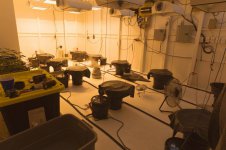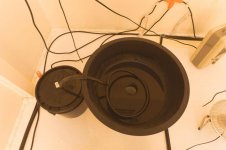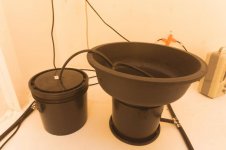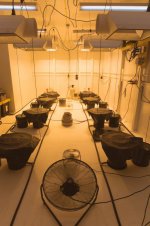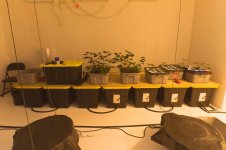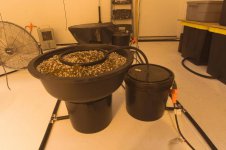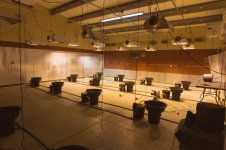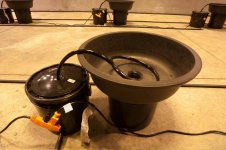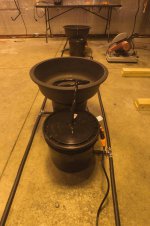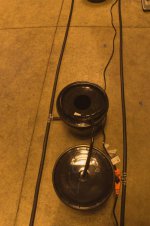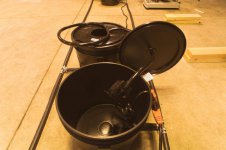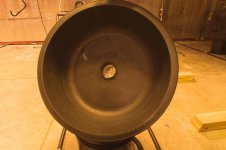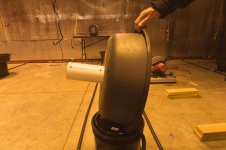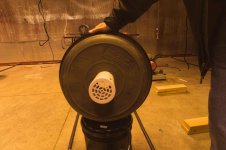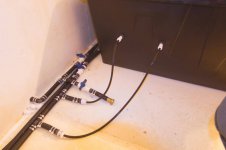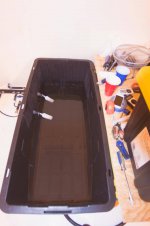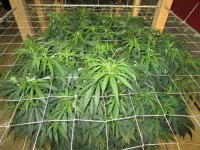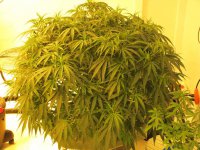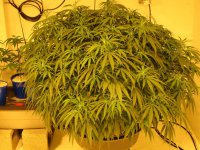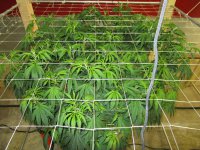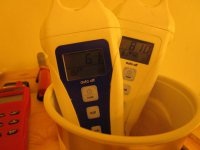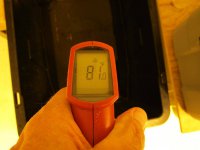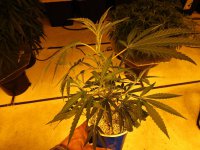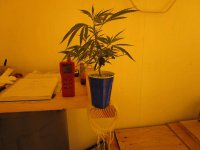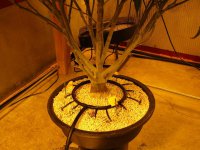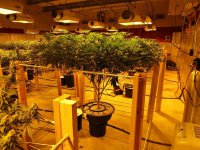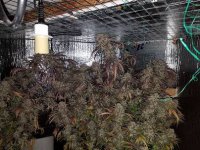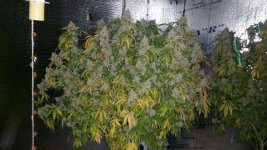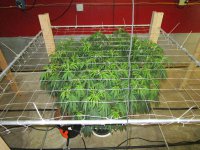some quotes from another armoire grower. this is Rocketman64.
"I have grown two of the same variety side by side in soil and ppk and there's simply no comparison. PPK plants just freakin take off once they're established. The soil plants I've grown still end up nice plants but take way longer to pack on the beef. I can put a PPK plant into flower in less than two weeks from seed, soil takes 4 or more to get to the size I like for flowering.
Keep in mind, I don't grow trees and I'm not after huge yields, just quality. I grow only for my own consumption so the PPK is the perfect system for trying new strains as they mature quickly and show sex quickly.
I also forgot to mention the quality of the smoke from PPK vs. Soil. I've seen no noticeable differences in the taste or quality of the smoke when comparing the two. If anything, the PPK system seems to grow a bud that has a bit more stink to them for some reason. I can't say for sure if it's my lighting technique or something different but the bottom line is the taste and the medicine is there for me either way.
I've heard people say hydro-grown buds can have a chemical taste, never noticed this. I do not flush my plants at the end of the grow. If you know anything about biology, you would know flushing does absolutely nothing to change the plant's chemistry. The terpenes that are providing the smell and taste are not going to be affected by simply allowing the plant to suck water instead of nutrients, it just doesn't work that way.
So, in review: I can't tell the difference between my soil-grown plants vs. PPK-grown plants when we're comparing taste and the quality of medicine. Comparing growth rates and general health of plants, PPK is the CLEAR winner."
"I have grown two of the same variety side by side in soil and ppk and there's simply no comparison. PPK plants just freakin take off once they're established. The soil plants I've grown still end up nice plants but take way longer to pack on the beef. I can put a PPK plant into flower in less than two weeks from seed, soil takes 4 or more to get to the size I like for flowering.
Keep in mind, I don't grow trees and I'm not after huge yields, just quality. I grow only for my own consumption so the PPK is the perfect system for trying new strains as they mature quickly and show sex quickly.
I also forgot to mention the quality of the smoke from PPK vs. Soil. I've seen no noticeable differences in the taste or quality of the smoke when comparing the two. If anything, the PPK system seems to grow a bud that has a bit more stink to them for some reason. I can't say for sure if it's my lighting technique or something different but the bottom line is the taste and the medicine is there for me either way.
I've heard people say hydro-grown buds can have a chemical taste, never noticed this. I do not flush my plants at the end of the grow. If you know anything about biology, you would know flushing does absolutely nothing to change the plant's chemistry. The terpenes that are providing the smell and taste are not going to be affected by simply allowing the plant to suck water instead of nutrients, it just doesn't work that way.
So, in review: I can't tell the difference between my soil-grown plants vs. PPK-grown plants when we're comparing taste and the quality of medicine. Comparing growth rates and general health of plants, PPK is the CLEAR winner."
